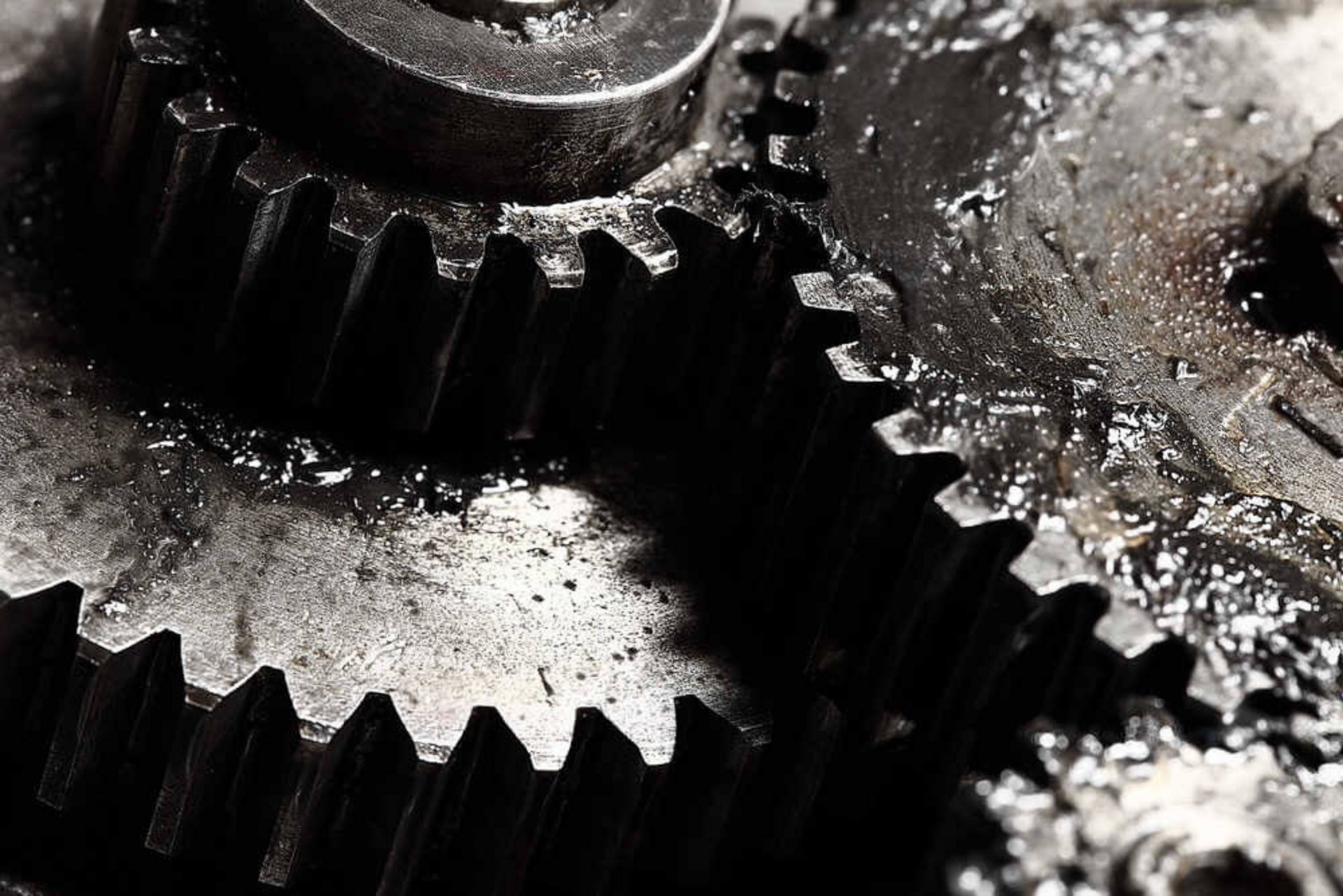Central lubrication systems
Why and how to lubricate
![[Translate to English:] Schmierintervalle [Translate to English:] Schmierintervalle](/fileadmin/user_upload/csm_Uberschmierung-deutsch_7421732458.jpg)
Reduce friction
Friction-related energy losses and increased wear cause many companies high annual expenses, which often go unnoticed or are not fully accounted for. Proper lubrication can significantly reduce these costs.
Using a central lubrication system ensures the optimal amount of lubricant is applied with minimal effort. This simultaneously reduces both friction and lubricant consumption.
Optimize lubrication
Automatic central lubrication systems provide a centralized supply to all lubrication points. This reduces energy costs and maintenance effort while increasing the machine's service life.
Unlike manual lubrication, the automated process delivers the required amount of lubricant in small intervals. This ensures that there is always enough lubricant - but never too much - at every lubrication point.
![[Translate to English:] Zentralschmierverteiler - Progressiv [Translate to English:] Zentralschmierverteiler - Progressiv](/fileadmin/user_upload/csm_CAT-Dump-Truck-with-DL-PA-Segmental-Feeder-and-Grease-Nipple-p1_c9ee900bc2.jpg)
Optimize lubrication
Since lubrication takes place during operation – in other words, dynamically – this is referred to as dynamically optimized lubrication. In this process, the lubricant is distributed more effectively within the bearing points than would be possible with manual lubrication during downtime.
In addition, small, regularly supplied amounts ensure that the bearing always has the optimal amount of lubricant. In contrast, manual lubrication often results in too much lubricant at the beginning and a shortage toward the end of the lubrication interval, which increases wear.
Cleaning and cooling
In addition to lubrication, the lubricant also cleans the lubrication point and seals it against external contamination. In high-speed ball bearings, the lubricant also takes on a cooling function.
While the initial investment in a central lubrication system may seem high, it quickly pays off when considering the savings over the entire service life of a machine.
Types of central lubrication systems
There are different types of lubrication systems, depending on the medium used. A basic distinction is made between oil lubrication and grease lubrication. Grease is used exclusively in loss lubrication systems, where the lubricant is not recovered.
In circulating lubrication systems, by contrast, the lubricant is returned to the reservoir after use and reused. It is typically filtered and sometimes also cooled before being recirculated.
Within these types, there are various technologies and system designs. The diagram below provides an overview of the most common systems.
![[Translate to English:] Arten der Zentralschmierung [Translate to English:] Arten der Zentralschmierung](/fileadmin/user_upload/csm_Zentralschmieranlagen-Zeichnung-deutsch_2da7f36255.jpg)

